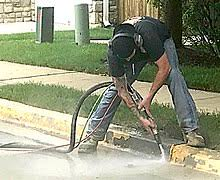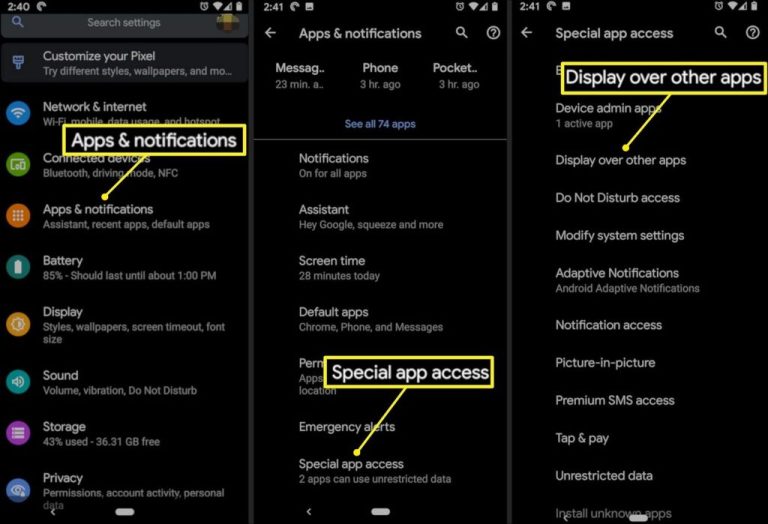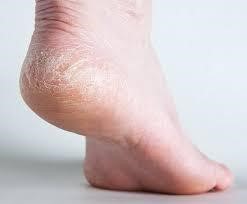Creating a solid bond between the coating and substrate is a critical factor in the thermal plasma spray process. Surface preparation is crucial for a perfect end result.
Coating powders are applied in a non-molten state, resulting in a mechanical bond. The substrate’s roughness is the key to strengthening its interlocking properties.
Why is surface preparation essential?
Thermal plasma spray creates wear-resistant and high-performance finishes, so surface preparation is critical. It has two essential functions: cleaning the substrate of oils, oxides, or contaminants, and providing a splat-hold for the coating material.
Grit blasting is the industry standard for preparing surfaces for successful adhesion. As a result of this process, essential interlocking bonds are formed for a top-notch thermal plasma spray application.
The grit blasting process
If you are using advanced treatments in the thermal plasma spray process, such as high-temperature coatings or coatings for extreme environments from specialists such as https://www.poeton.co.uk/advanced-treatments/apticote-800-thermal-plasma-spray, grit blasting ensures excellent adhesion.

Abrasive particles are pressurised and directed in a steady stream at the substrate, removing the oxides that can inhibit adhesion and create pits on the surface. This creates anchoring points for the molten plasma spray to lock onto and form a secure bond.
What materials are used in grit blasting?
Dry abrasives are essential when preparing surfaces for thermal plasma spray. These materials should be sharp and angular to cut into the surface on impact. The toothed profile, a critical feature of your chosen materials, is essential in creating strong mechanical bonds.
Suitable materials include steel, chilled iron, and aluminium oxide. The composition and size of the material used will depend on the substrate being treated and the material to be plasma sprayed.
After blasting, the substrate’s surface should feel like 100-grit sandpaper. Once blasting is complete, the project is ready to proceed to the thermal plasma spray coating process.
Preparation is key
Surface preparation is essential for ultimate success. The performance of your chosen coating material depends on its ability to adhere to the substrate. Cleaning away contaminants and creating the all-important splat-holds is a fundamental part of the process.






+ There are no comments
Add yours